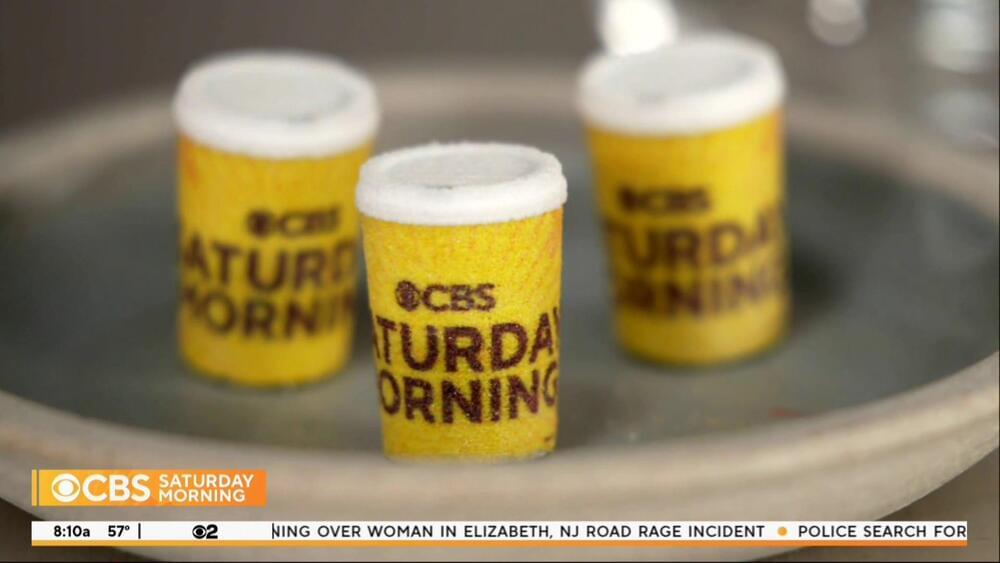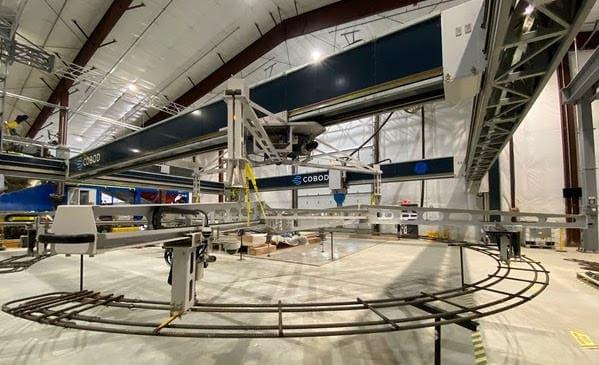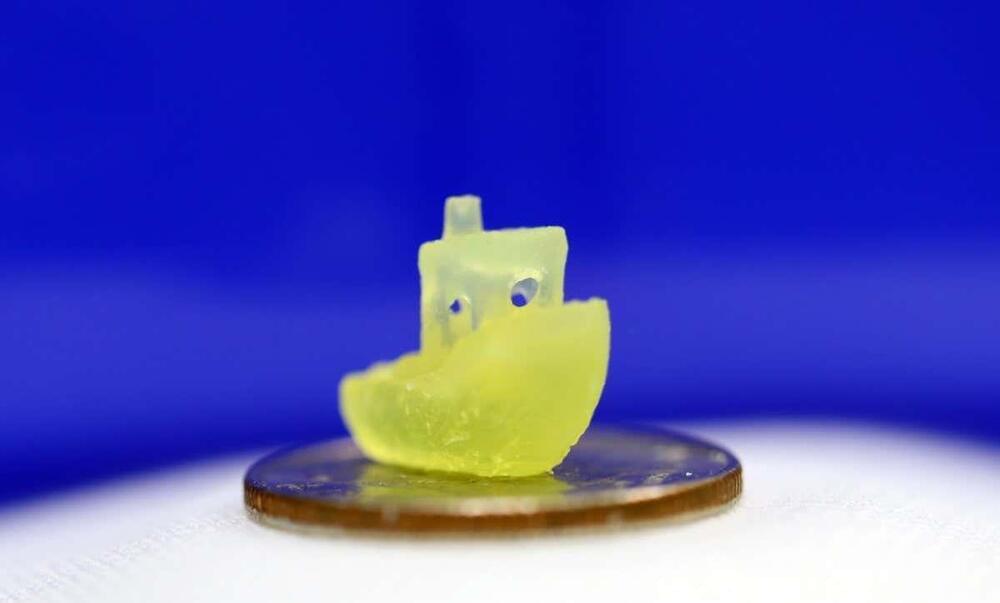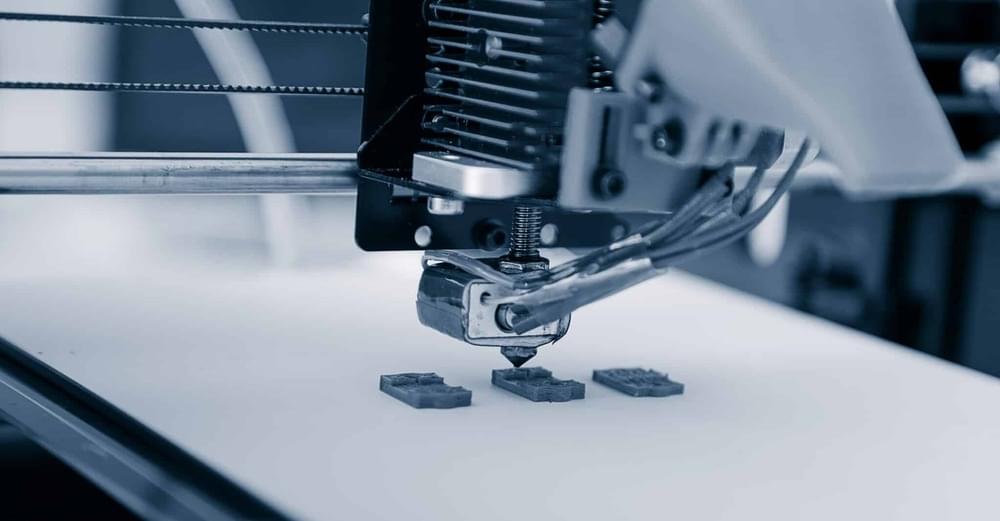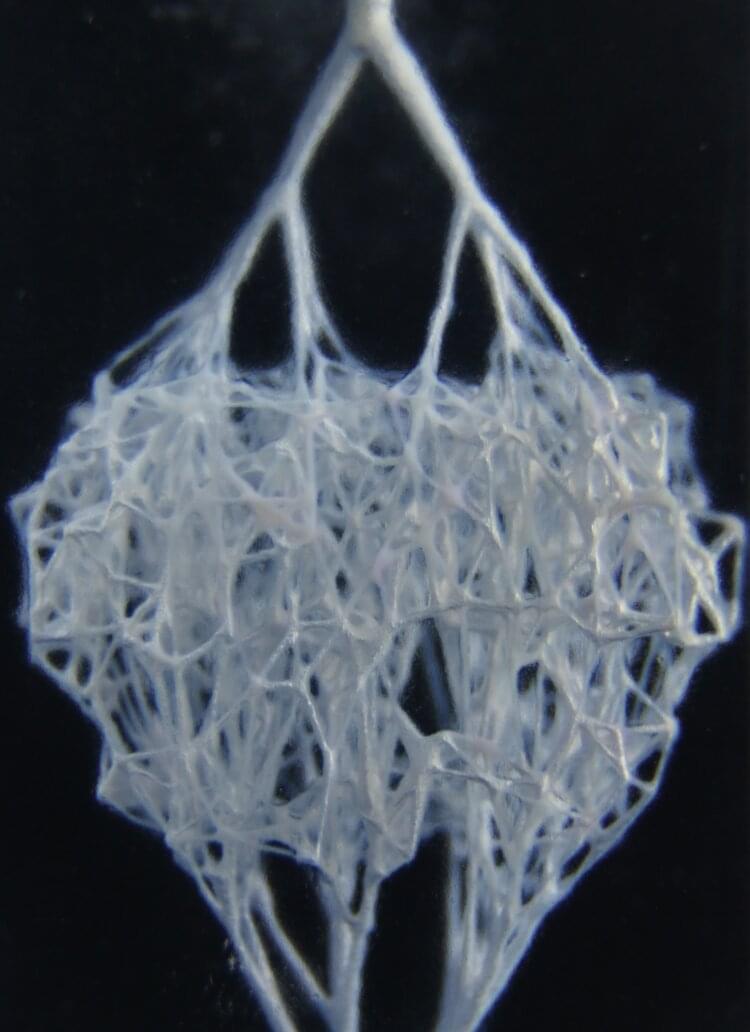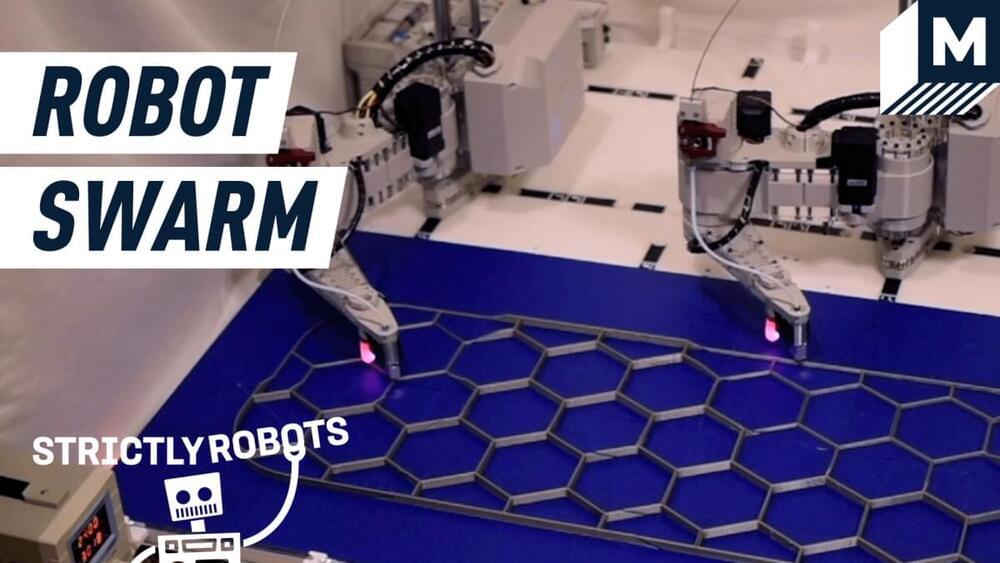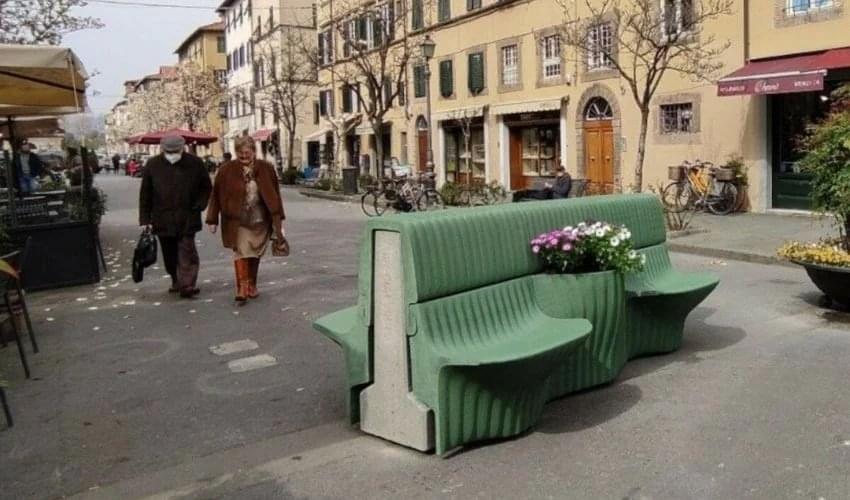BLACKSBURG, Va. (WFXR) – As housing prices across the country continue to skyrocket, an Iowa-based company, Alquist 3D, is looking to combat the crisis by 3D-printing homes.
Alquist, one of a few U.S. companies that 3D-prints houses, is looking to build 200 of these homes in Virginia starting this summer.
The process is somewhat simple. First, a person designs what they want the frame of the house to look like by using a computer program. Then, a file is transmitted to a machine, which tells it what to do and how to move.

